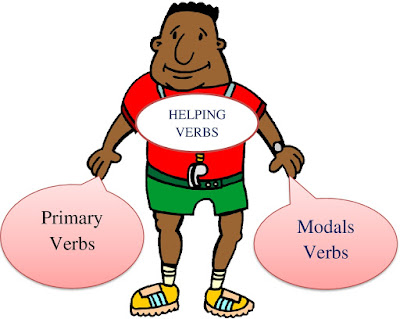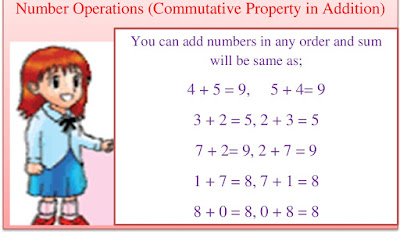Verbs Subject English Grade VIII

Verbs Subject English Grade VIII A verb is a word used for saying something about some person or thing. A verb is a word that tells or asserts something about a person or thing. A verb is a word that denotes being, having or doing something. Verbs are words which express action, existence or condition. A verb may tell us about an action, a state of being or existence or possession. A verb may tell us--- What a person or thing is: as; Mr Ali is a teacher. The cow is brown. Her shirt is white. What a person or thing has: as; Manila has a pet dog. A chair has four legs. Some of the buried workers are still alive. This old car is on its last legs. What a person or thing does: as; Latif kicks a football. The clock strikes ten. They danced till three in the morning. They washed the room in the evening. Other words indicate a condition: as; Nadia is miserable after losing her dog. The new car looks beautiful. Some verbs may be us...


